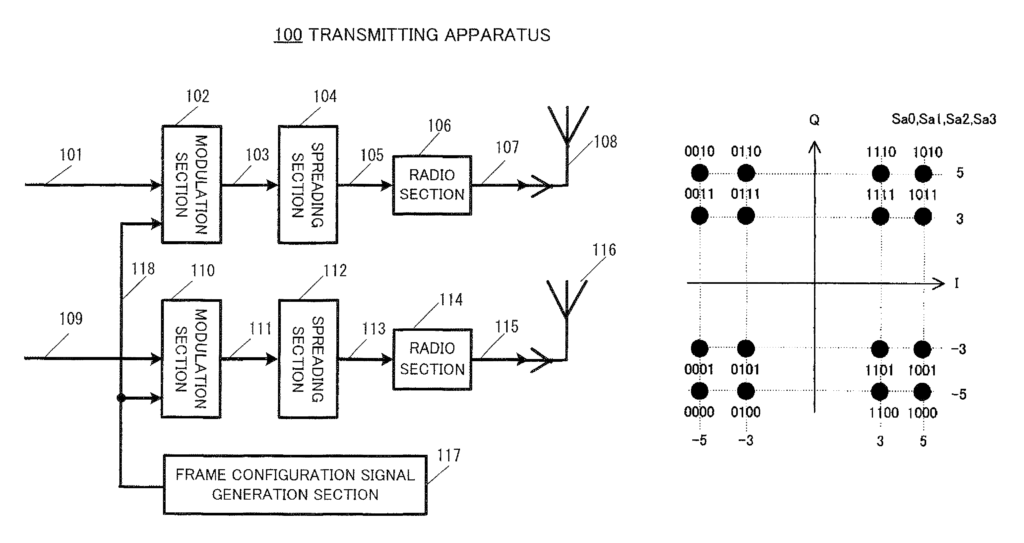Strengthen Quality with Reliable Signal Technology
Introduction
In today’s hyper-connected world, maintaining a stable, clear, and efficient signal is crucial for industries such as telecommunications, broadcasting, and wireless communications. Whether it’s delivering uninterrupted broadcasts, ensuring fast data transmission, or optimizing network performance, reliable signal technology is the backbone of seamless connectivity. Our patented receiving and transmitting apparatus provides an advanced solution to overcome the typical hurdles of signal interference, loss of clarity, and inefficiency, allowing industries to stay connected without compromise.
Challenges in Signal Transmission and Reception
Signal quality can often be compromised by interference, distance, or environmental factors, creating disruptions in service that impact user experience and operational efficiency. For industries like telecommunications, broadcasting, and wireless communications, these disruptions result in reduced customer satisfaction and costly downtime. The demand for faster, more stable, and reliable signals continues to grow as data traffic increases and more devices come online.
These challenges call for cutting-edge technology that not only strengthens signal reception but also optimizes the entire transmission process, ensuring consistent performance across various applications.
Why Choose Reliable Signal Technology?
Our advanced receiving and transmitting apparatus tackles these challenges head-on by significantly improving signal strength and transmission efficiency. This technology ensures clear, uninterrupted communication, minimizing interference and optimizing signal flow even in challenging environments. The result is a more reliable, high-performance system that supports industries reliant on constant data flow and connectivity.
Whether you’re operating in telecommunications, broadcasting, or wireless network systems, this patented technology enhances signal quality and reduces the chance of dropped or unclear transmissions. It’s designed to integrate seamlessly into current systems, allowing companies to upgrade their communication infrastructure with ease and improve overall network performance.
Key Benefits
- Improved Signal Clarity: Delivers stronger, clearer signals with reduced interference.
- Wide Range of Applications: Suitable for telecommunications, wireless networks, and broadcasting systems.
- Reliable Data Flow: Ensures consistent, efficient transmission of signals, reducing service interruptions.
- Easy Integration: Can be incorporated into existing systems, optimizing performance without major overhauls.
Boost Your Connectivity with Reliable Signal Technology
Licensing this cutting-edge receiving and transmitting apparatus provides industries with the tools they need to strengthen signal quality, enhance transmission reliability, and improve overall network performance. With this advanced technology, you can deliver a superior experience to customers, ensuring seamless, efficient, and reliable communication at all times.

- Abstract
- Claims
Share
Title
Receiving apparatus and transmitting apparatus
Inventor(s)
Yutaka Murakami, Kiyotaka Kobayashi, Masayuki Orihashi, Akihiko Matsuoka
Assignee(s)
Panasonic Intellectual Property Corp of America
Patent #
7920647
Patent Date
April 5, 2011
